TEST: New 11″ coil for XP DEUS (INTERNATIONAL EDITION)
Foreword by Leonardo/”Bodhi3″ (Director AMD Tech Team)
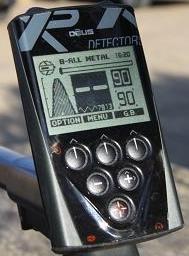 Even if today two active AMDTT members are happy and proud owners of XP DEUS, our group was sometimes criticized for not giving enough space to the French manufacturer’s machines. Actually, in addition to the interesting article written by Alessandro/”Supermetalsandro that let him being awarded with our AAC prize in 2013 (see this LINK), we have analysed XP and DEUS machines more than one time with the exclusive interview to its founder and chief engineer Alain Loubet (in dual language Italian and English! LINK1 + LINK2), with the nice article by Sergio/”Xergix” on the DEUS “secret” features introduced since firmware 2.0 (LINK) and lately with a full review of Andy Sabisch “The DEUS Handbook” (LINK).
Even if today two active AMDTT members are happy and proud owners of XP DEUS, our group was sometimes criticized for not giving enough space to the French manufacturer’s machines. Actually, in addition to the interesting article written by Alessandro/”Supermetalsandro that let him being awarded with our AAC prize in 2013 (see this LINK), we have analysed XP and DEUS machines more than one time with the exclusive interview to its founder and chief engineer Alain Loubet (in dual language Italian and English! LINK1 + LINK2), with the nice article by Sergio/”Xergix” on the DEUS “secret” features introduced since firmware 2.0 (LINK) and lately with a full review of Andy Sabisch “The DEUS Handbook” (LINK).
Now it’s the time to talk about one of the most amazing new accessory produced by XP for their top-of-the-line machine: a new 11″ DD coil.
Lot of users often complained about the small size of the stock coil (9″ DD) and about the excessive weight of the 11″x13″ DD spare coil.
Alain and his staff, as usual, have listened to the worldwide users’ requests and put themselves to work to manufacture what was really desired by many.
“Voilà”… Here it comes a 11” DD round coil!
Almost as light as the stock 9″ coil and… more performing!
After being informed of the existance of this new coil, I’ve immediately sent a email to Monsieur Loubet who, very kindly, after a very few days, sent us a brand new sample of the coil. Obviously I forwarded it into Sergio/”Xergix”‘s wise hands. He, helped by the precious support of Gianni/”Linux-Ubuntu”, immediately started a very rigorous series of tests and analysis.
I won’t bother you anymore… Have a nice reading!
Leonardo/”Bodhi3”
AMD Tech Team
—————–
TEST: XD DEUS 11” DD Coil
Written by Sergio/”Xergix” (supported by Gianni/”Linux-Ubuntu”)
Editing and Translation by Leonardo/”Bodhi3″ © 2014 AMDTT
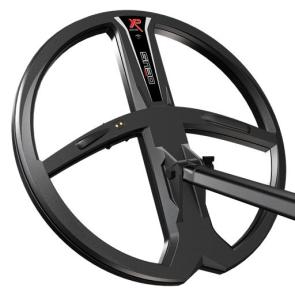 Finally Xplorer has launched on the market a so long awaited 11″ DD coil, a size that has become a sort of de facto standard on many hi-end detectors.
Finally Xplorer has launched on the market a so long awaited 11″ DD coil, a size that has become a sort of de facto standard on many hi-end detectors.
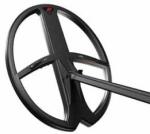 When the 11″x13″ DD was introduced, most of the users were very happy for its enhanced depth but, on the other side, they were also disappointed by its excessive weight that unbalanced a detector who has in its light weight one of the biggest assets. Since then, a big demand of a new, somehow “intermediate” coil, grew up.
When the 11″x13″ DD was introduced, most of the users were very happy for its enhanced depth but, on the other side, they were also disappointed by its excessive weight that unbalanced a detector who has in its light weight one of the biggest assets. Since then, a big demand of a new, somehow “intermediate” coil, grew up.
Xplorer, who is very famous worldwide to listen carefully to its customers’ desires, fulfilled this request in a very brilliant way!
They produced a nice 11″ coil (stem and fixing kit are included), weighting just 458 grams (including coil cover), exactly just about 15 grams more than the stock 9″ coil. Amazing, isn’t it?
Probably this will be the most appreciated feature since the metal will stay balanced and, I could confirm it since now, it allows users to hunt for hours without any arm fatigue. The bigger size, naturally, gives a greater soil cover and promises to bring an enhancement in depth compared to the other 2 coils.
Evaluating depth enhancements is always difficult and critical since too many variables must be faced. The easiest way should be doing some air test but, a part from being personally against those kind of not so reliable test method, it implies the lack of soil that surrounds the examined target and everybody knows the importance of this key factor during technical tests.
|
Coil |
Weight in grams |
Weight difference |
|
9″ |
443 |
0 |
|
11″ |
458 |
+15 |
|
11”x13″ |
662 |
+219 |
Test Bed
With the cooperation of Gianni/”Linux-Ubuntu, we prepared a testbed to allow a first performance comparison between the new 11″ and the stock 9″ coil.
The ideal soil conditions were found in a olive tree grove that featured a nice vertical ground cut without any containment wall. This allowed us to drill some holes, with a powerful battery drill, on the vertical face, placed at 14.5, 16 and 19 cm from the horizontal plane. As reference target, we used a bronze coin sized 22 mm fixed on the top of a flat wood stick that could be inserted and removed in and out the holes.
For our tests, we used two DEUS updated with firmware 3.2. To avoid differences, all the tests were made with the three most performing settings: Mito, DEUS Fast and Relic, without any setting modification, just turning on the machine, and ground balancing it over the soil (both machine measured a mineralization level of 72).
It would sound obvious to you that with those settings the DEUS is not at its maximum and we cannot demand spectacular performances; We agreed to keep these settings to keep the machines’ stability as much as we could. Also, we have choosen those particular depth measures (14.5, 16 and 19 cm) in order to have a comparable reference when testing the two coils.
General results show an advantage of the 11″ coil of about 3 (three) centimetres (1.18 inches) over the 9″ one. It may seem a little difference, but, in the analysed conditions, it’s a very good performance result.
We also made some target separation tests and, as we’ve being expecting, the 9″ coil showed up a little better performance than the 11″ one. You know… the bigger the coil…the less target separation precision you will have…
Some of these tests were recorded on a series of video we’ve uploaded on our YouTube channel . You could see them here (LINK)
Beach Test
The second test session was performed on a local beach. This time I pushed the machine a little bit to evaluate depth maximum limits. To place targets in position, we used a PVC pipe diagonally buried (45° degrees) in the sand. Then we used a second internal pipe marked with centimeters notches with a target holder on one end. This method allowed us obtain precise measurements of targets’ depth.
In these conditions, performance differences grew up and we measured a gap of about 5 cm (2 inches) between the 9″ and the 11″. The same 22mm bronze coin (used in the previous field tests) was now detected at about 33 cm (13 Inches) with a “diggable” sound
Tech Analysis
Strongly encouraged (Note by Bodhi3: You could tell “stressed to death” 😀) by Leonardo/”Bodhi3”, I wanted to go into a deeper tech analysis.
My idea was to try to “visualize” the electromagnetic field shape, emitted from the coils. Obviously, with my lab instruments, I couldn’t aspire to high precision but, honestly, I think my experiments could give a quite reliable scientific representation of reality.
The analysis I performed, derived from my radio-amateur background (but also very common in other electronics measurements fields), was about measuring the electromagnetic field intensity emitted by the coil. I’ve thought the best way was to place a sort of “antenna” in front of the coil and to do a kind of horizontal/vertical “scanning” reading the values on a oscilloscope. My antenna was a Shure professional high sensitivity dynamic microphone (20-20.000hz frequency response) tied to a Fluke 123 portable oscilloscope.
The scanning steps were 2cm (about 0,8 inches) horizontally and the distance from the coil was exactly 5 cm (about 2 inches): so we had 150 measurements for the 11″ and 114 for the 9″ coil. They are a not large but sufficient sample to have a quite reliable analysis.
The results, as shown in the 3D postprocessing graphs, showed up a clear evidence that a different EM intensity diameter do exists: the 9″ has a more concentrated emission while the 11″ coil tend to have a wider pattern. Please note a peculiar dip of the signal toward the middle of the coil. My hypothesis on that anomaly is tied to a probable interference of the built in battery that is placed in the spoke where resides the transmit coil.
Bodhi3’s Tech Note: By carefully examining the electromagnetic patterns, you may be convinced that the 9″ coil, especially in the middle zone, could have a stronger intensity that could contradict field tests where the 11″ reaches better depths. One possible explication of this apparent inconsistency could be related to a better “nulling” between the TX and RX coils that lead to a much cleaner detected signal (lower S/N ratio) that allows a more efficient identification analysis even on very deep and weak targets.
I think it’s also very interesting to focus on the difference between the two coils (RX and TX) areas and the overlap point (where you can notice a signal nulling) and the maximum sensitivity area.
To perform a complete analysis, I would have had the chance to also make some measurements on the 11″x13″ coil but the one I had was not updated to 3.2 firmware release. As soon as I will upgrade it, I will repeat the measurement for my own curiousity.
Conclusions
-

Some targets found with the new 11″ coil At the end of my analysis I can boldly state that true qualities of the new 11″ coil could be really appreciated on the field: first of all, its light weight, then a precise accuracy in target pinpointing and, with a good setting, you can gain up to 5 cm (2 inches) more depth compared to the stock 9″ coil. In real search I had the chance to compare the new coil with my mates’s DEUS mounting a 11″x13″. The new 11″ is definitely lighter and have almost the same excellent performance of the bigger one. VDIs were always coherent and only on few cases the 11″ was unable to show VDI but anyway it allowed to produce a solid and diggable audio tone.
-

Sergio/”Xergix” This coil, without any doubt, brings the machine to a higher level and, I’m sure of this, it will be the perfect substitute of the stock coil for any demanding hunter. I can also add that, with the introduction of this new coil, XPlorer almost completed the coil set to face almost any possible request but I’m also sure that the French manufacturer will continue to surprise us with new innovative and amazing projects.
-

Gianni/”Linux-Ubuntu” Note by Bodhi3: If I could find a single, but unfortunately not negligible, defect: the price… It is now sold at about 360 Euro (including VAT). We hope that the price will fall down as soon as possible allowing more and more people to buy this awesome coil without particular sacrifice.
For more information:
Xplorer Detectors
Web: www.xpmetaldetectors.com
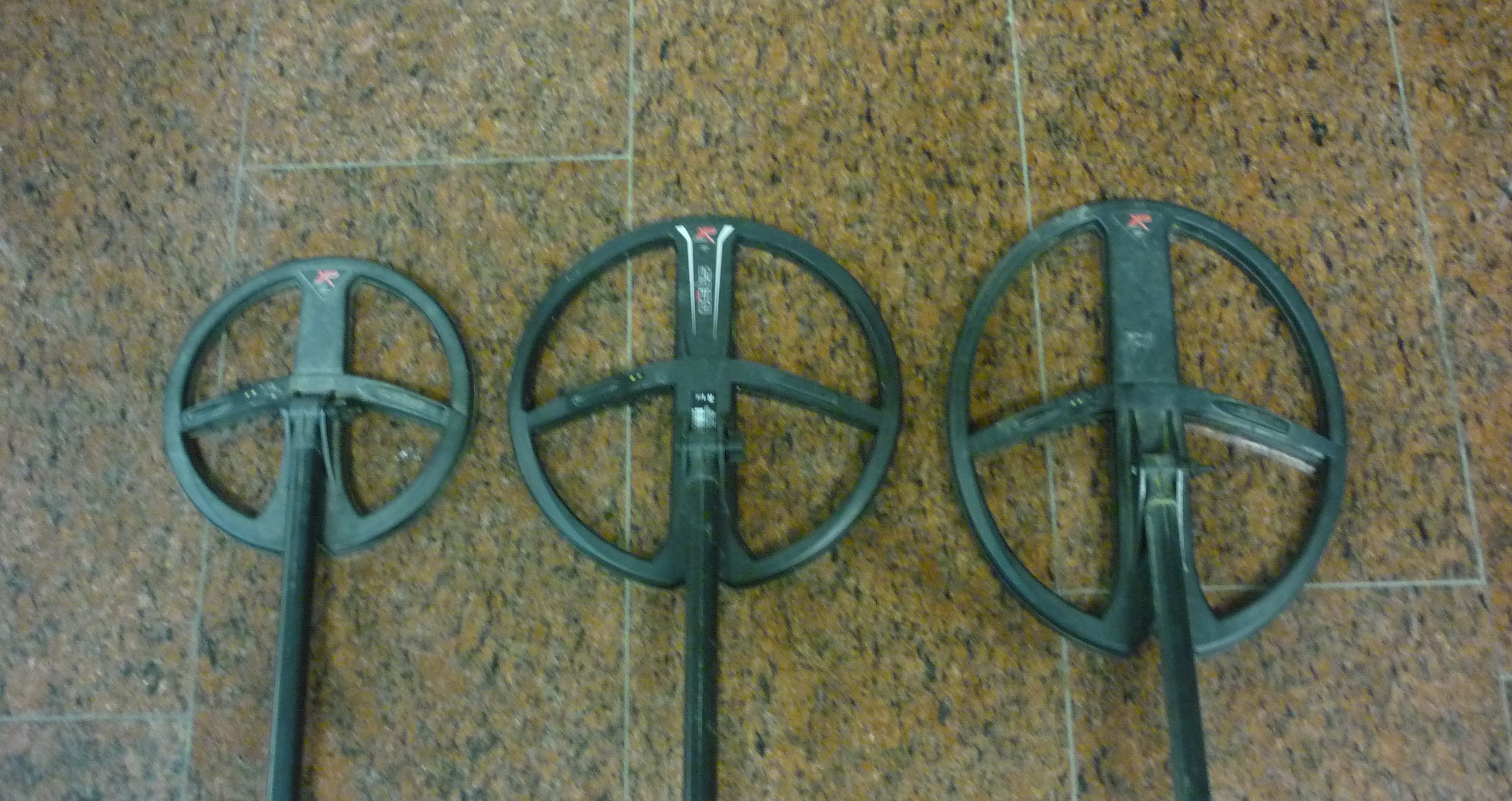
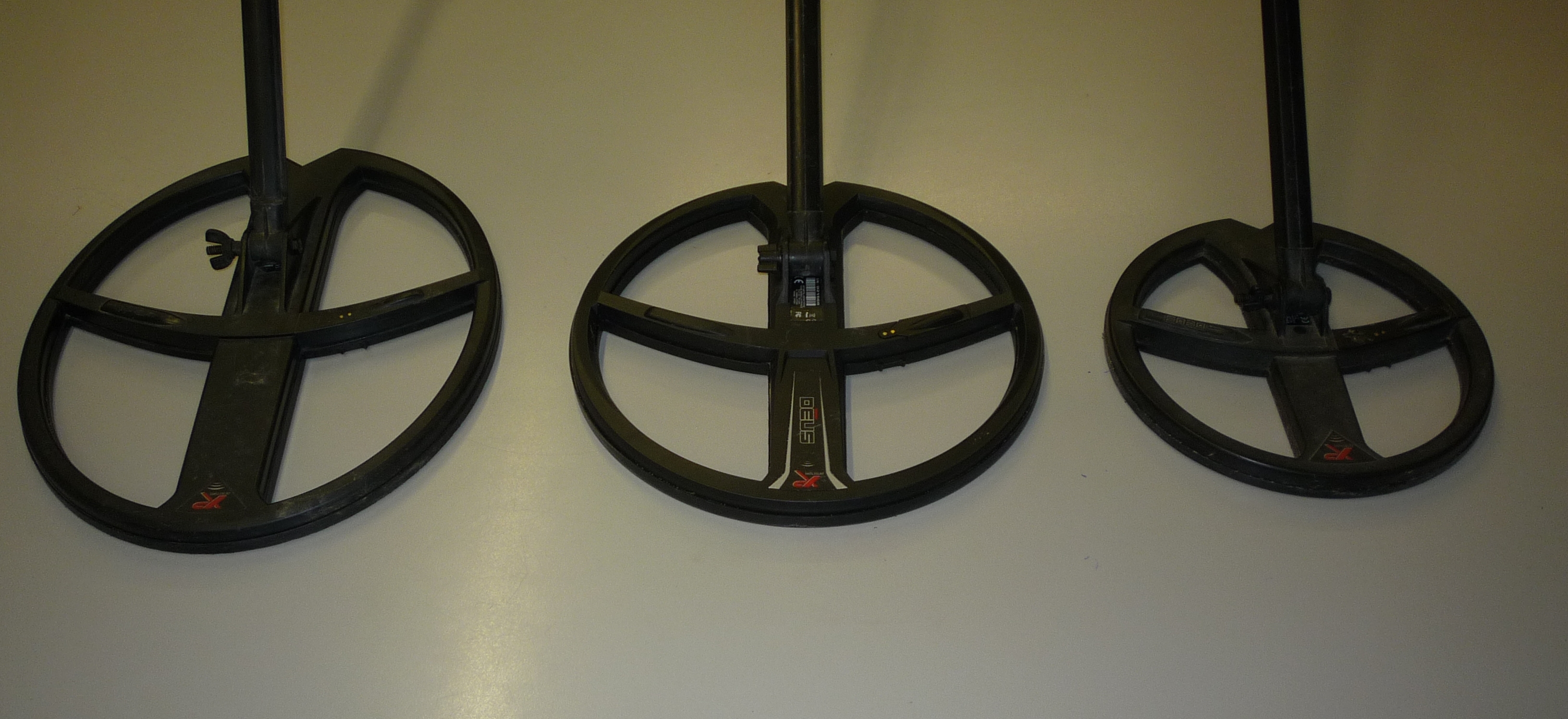
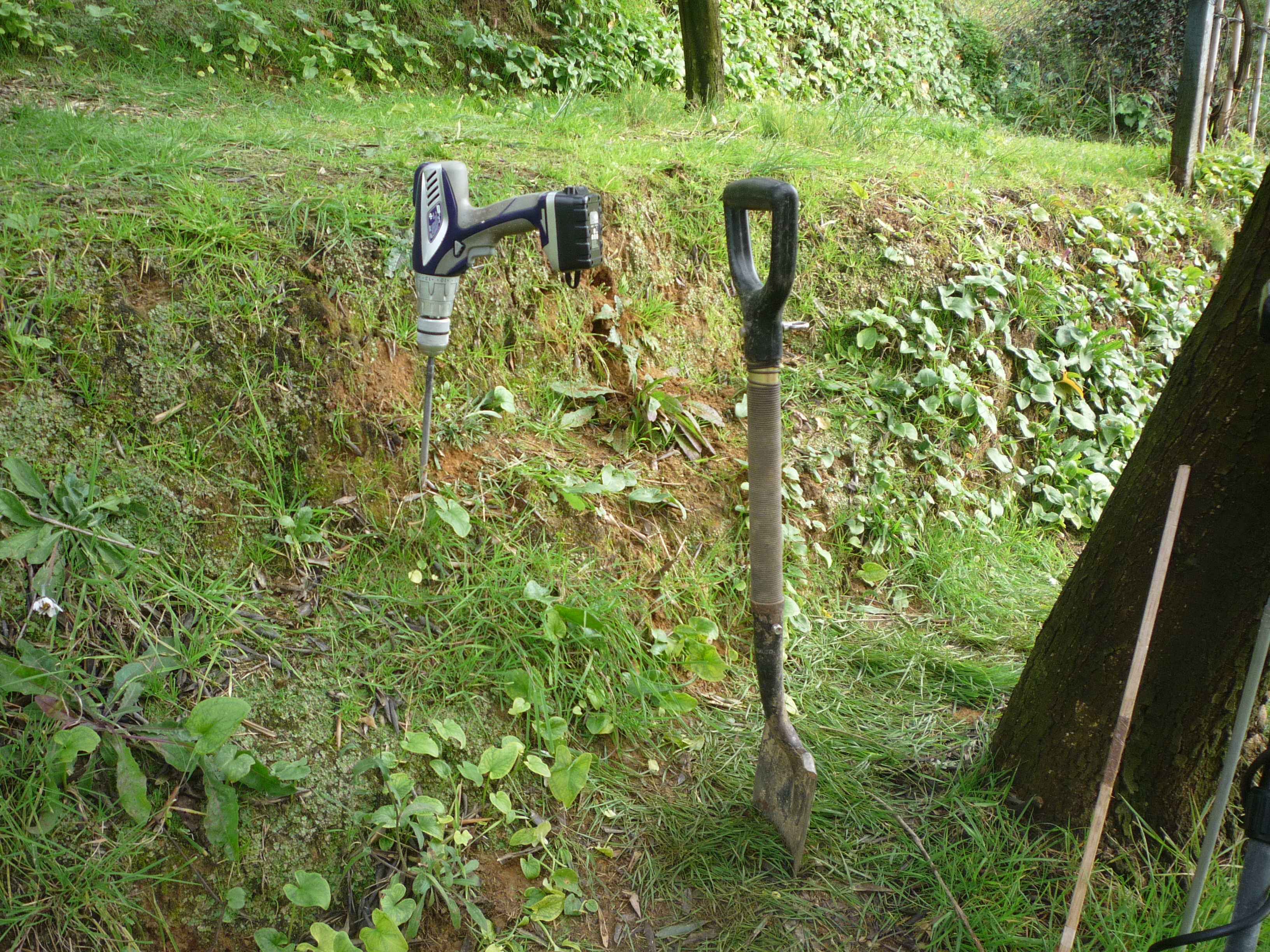
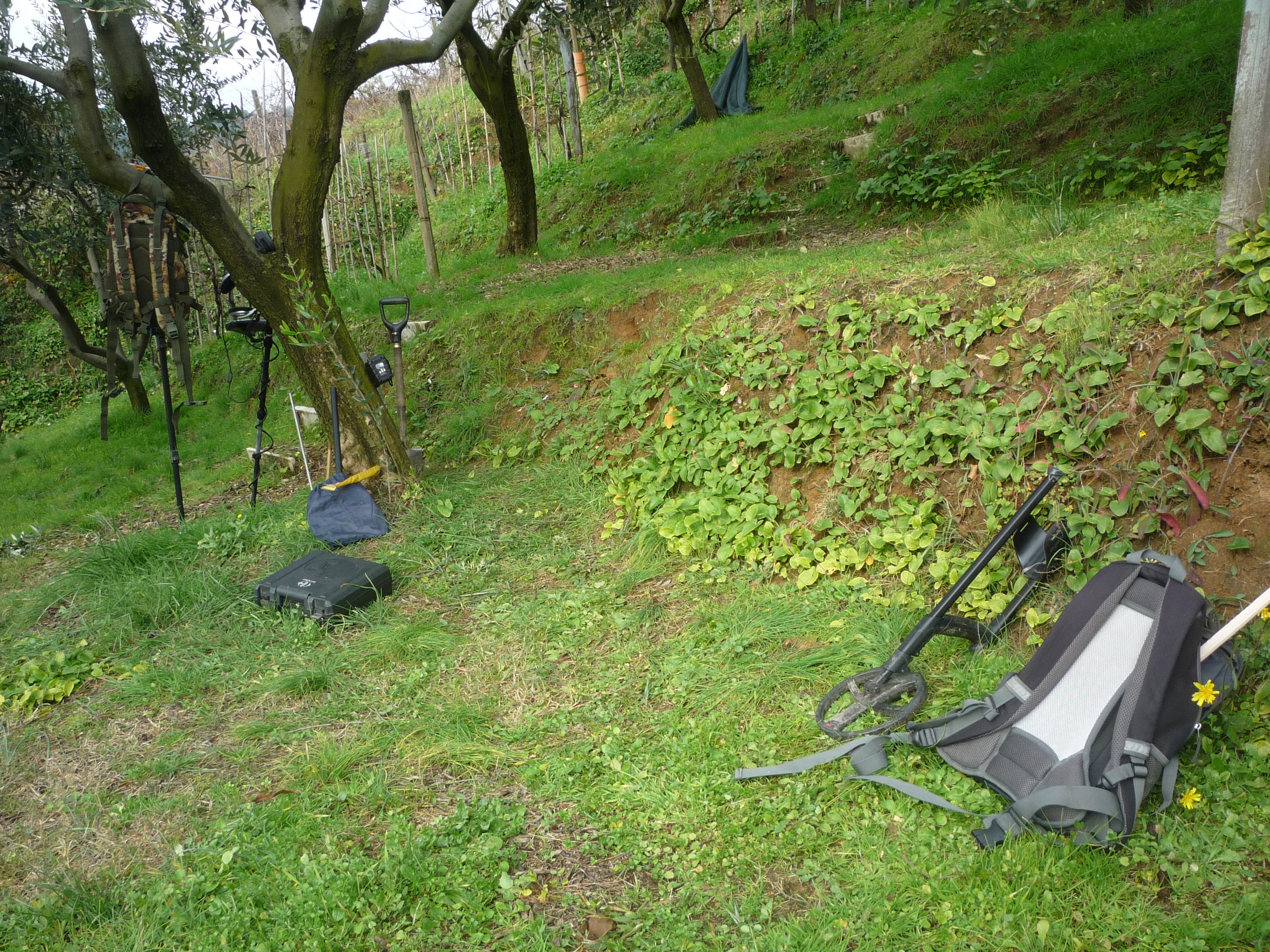
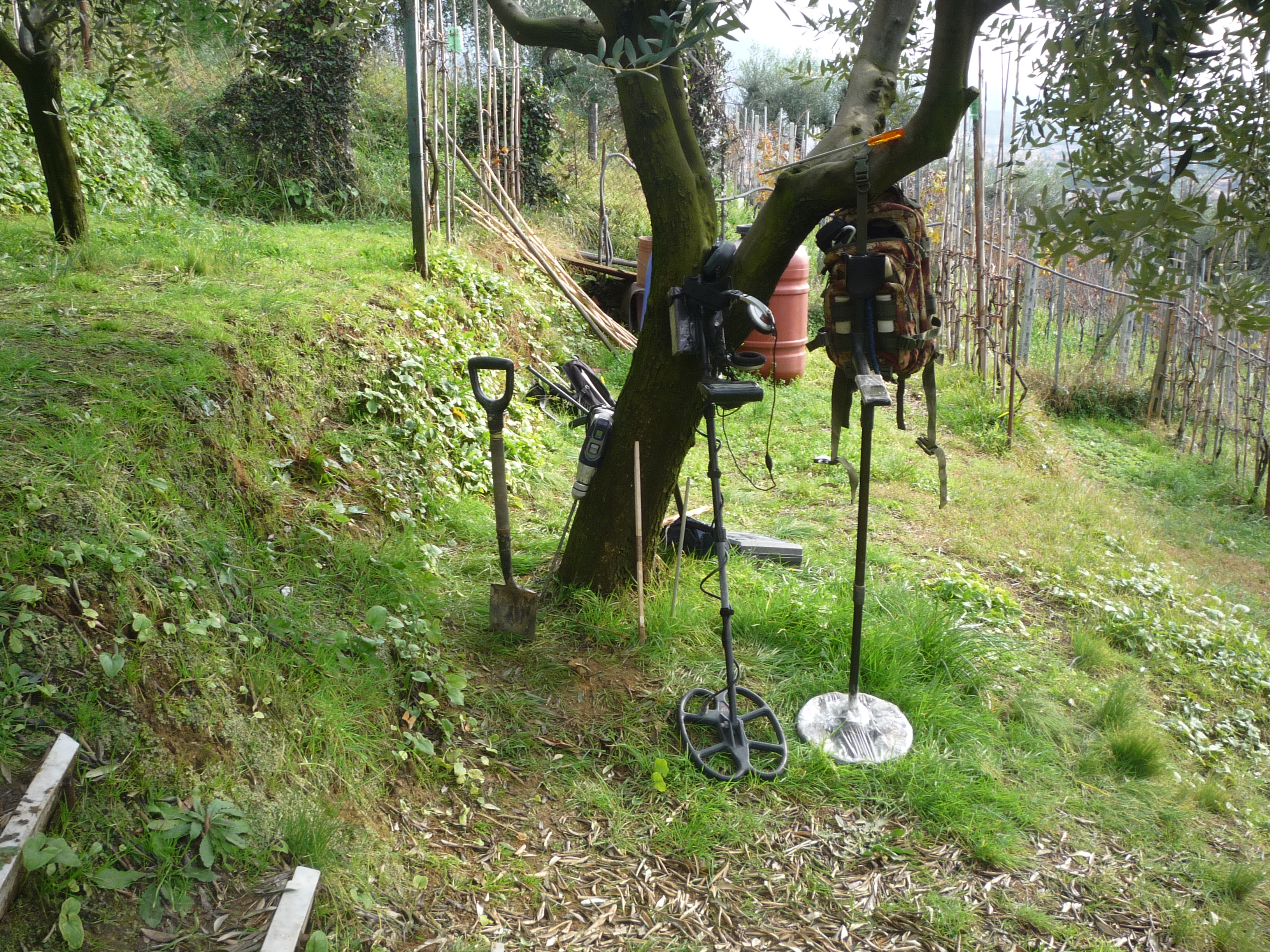
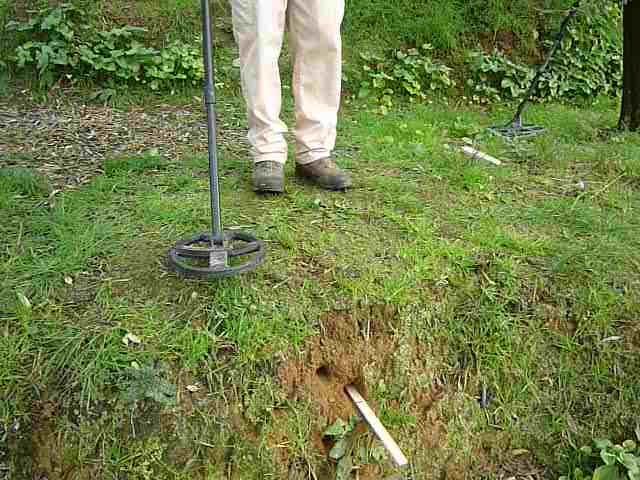
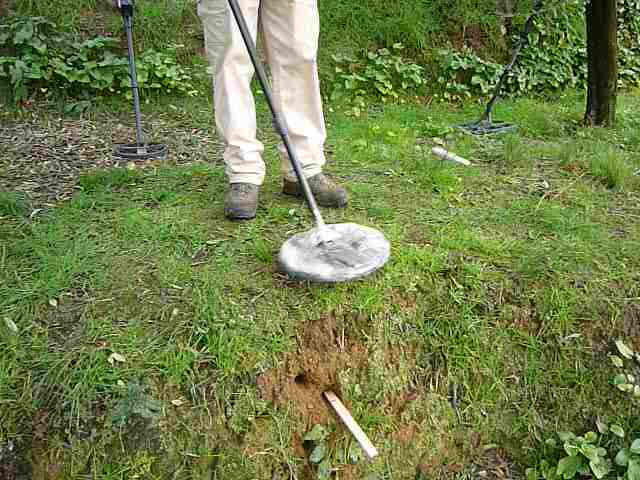
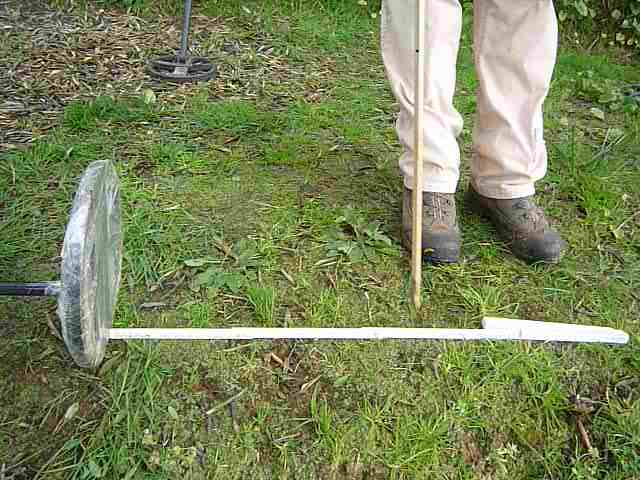
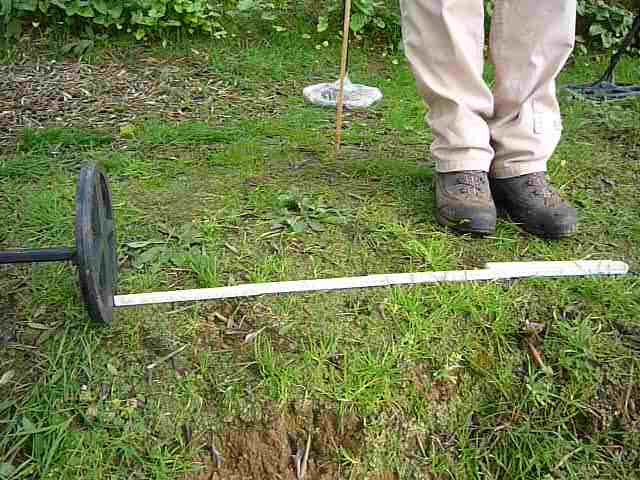
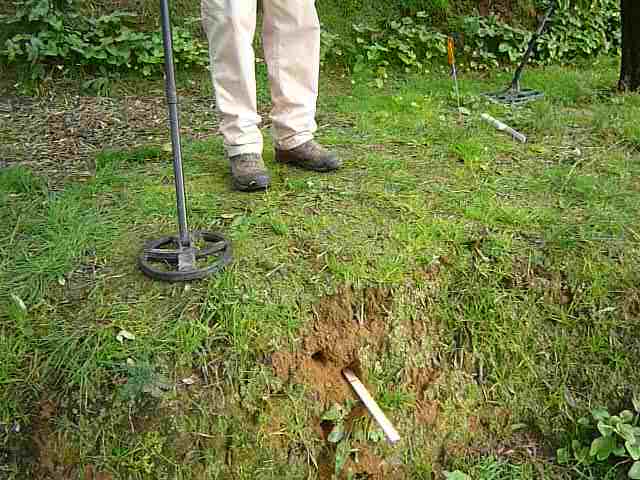
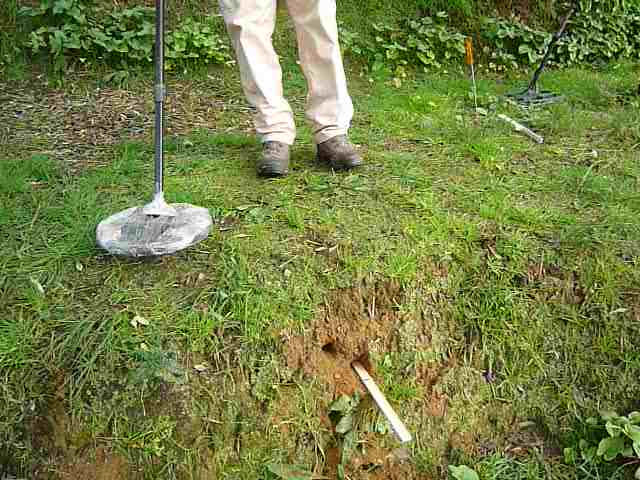
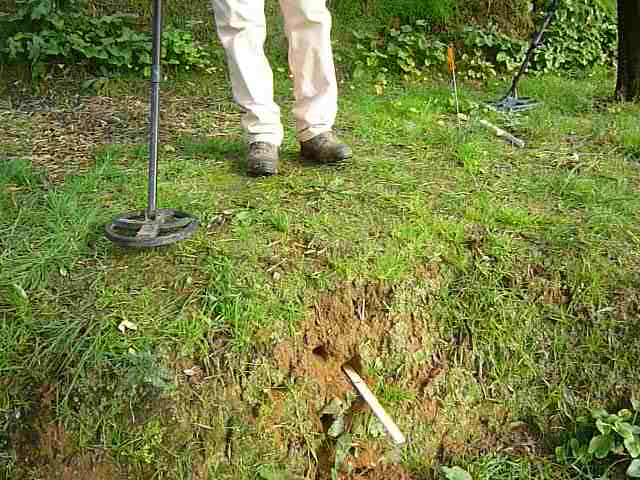
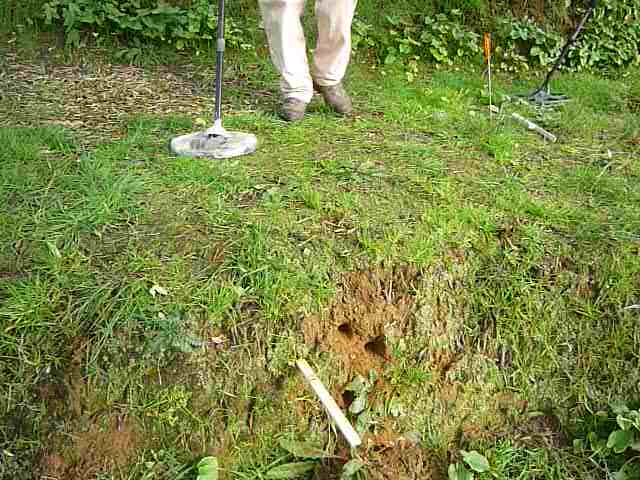
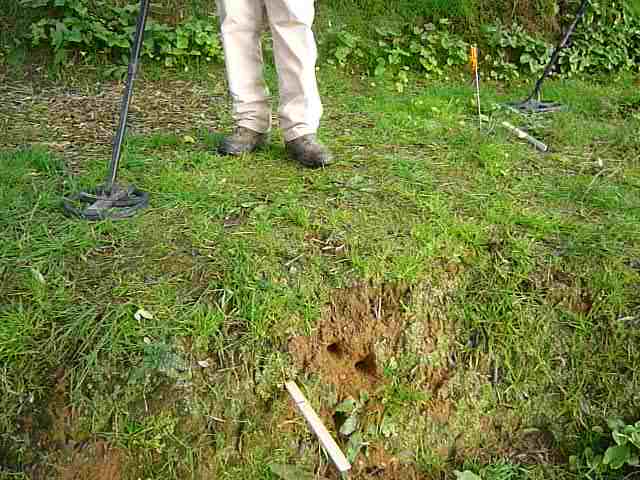
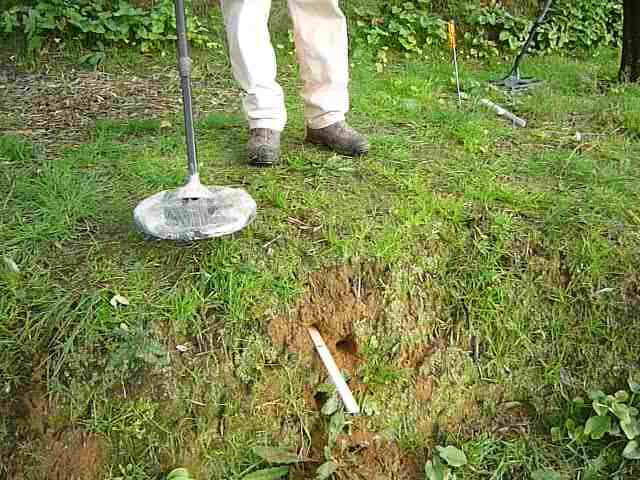
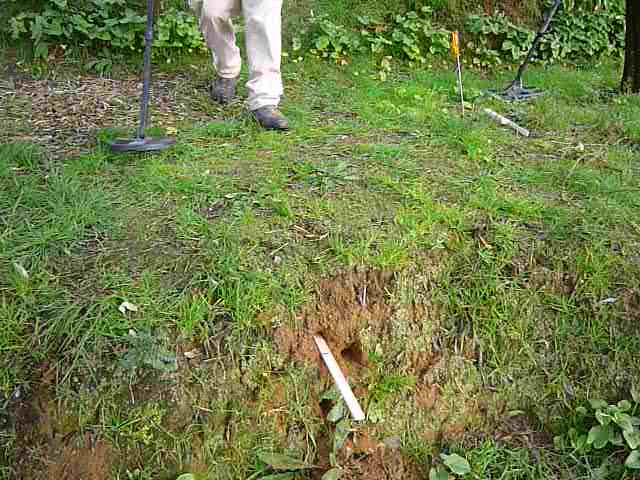
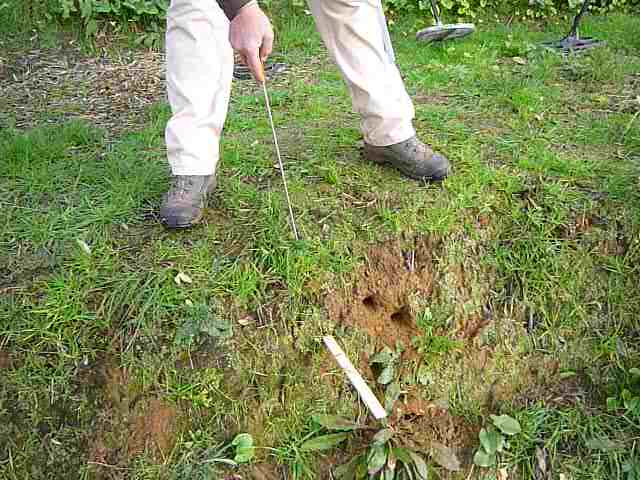
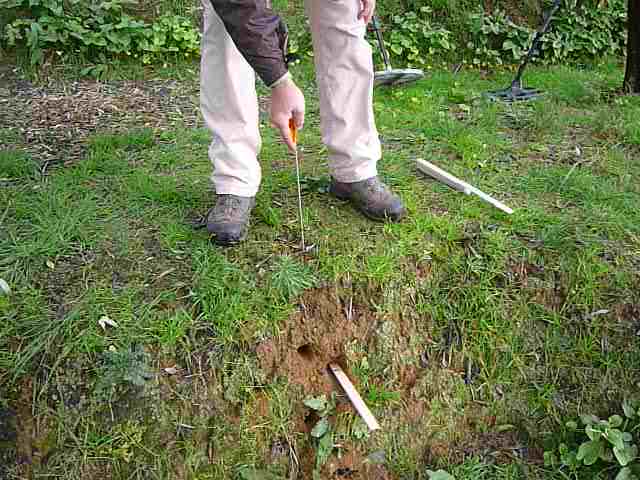
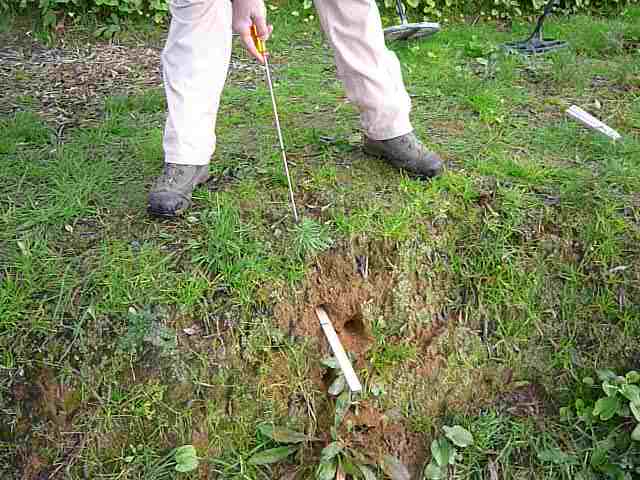
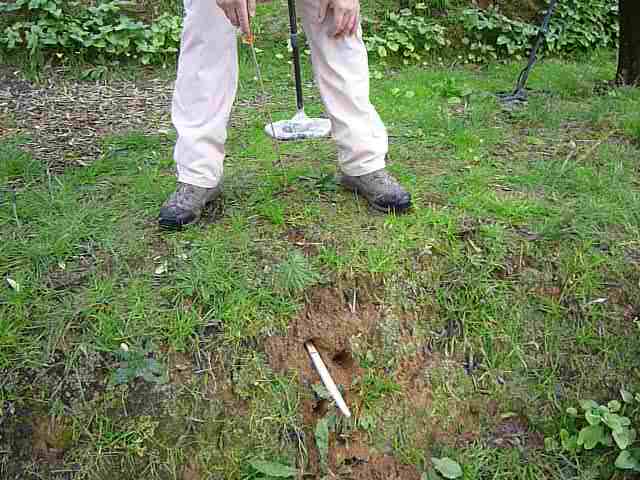
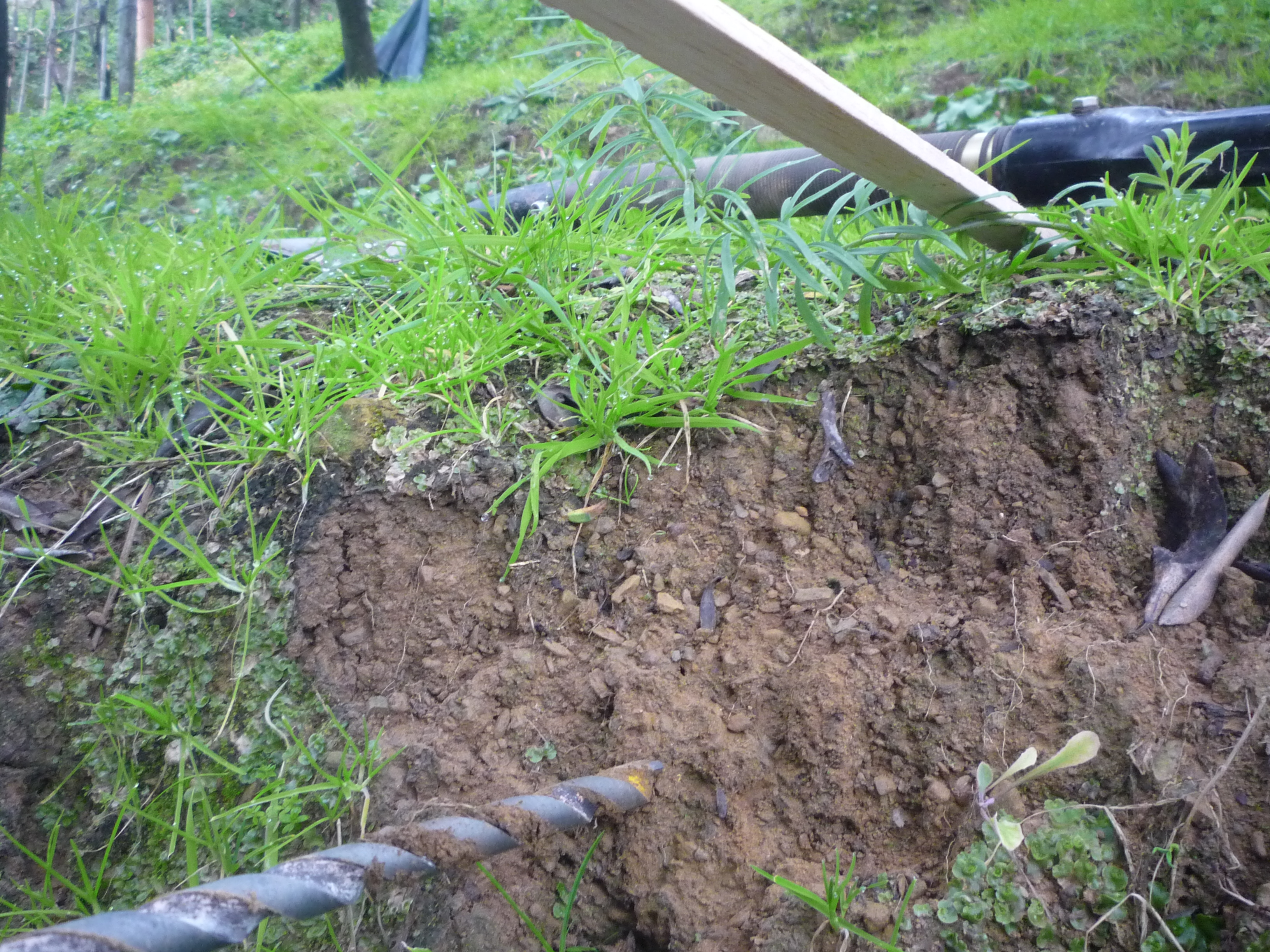
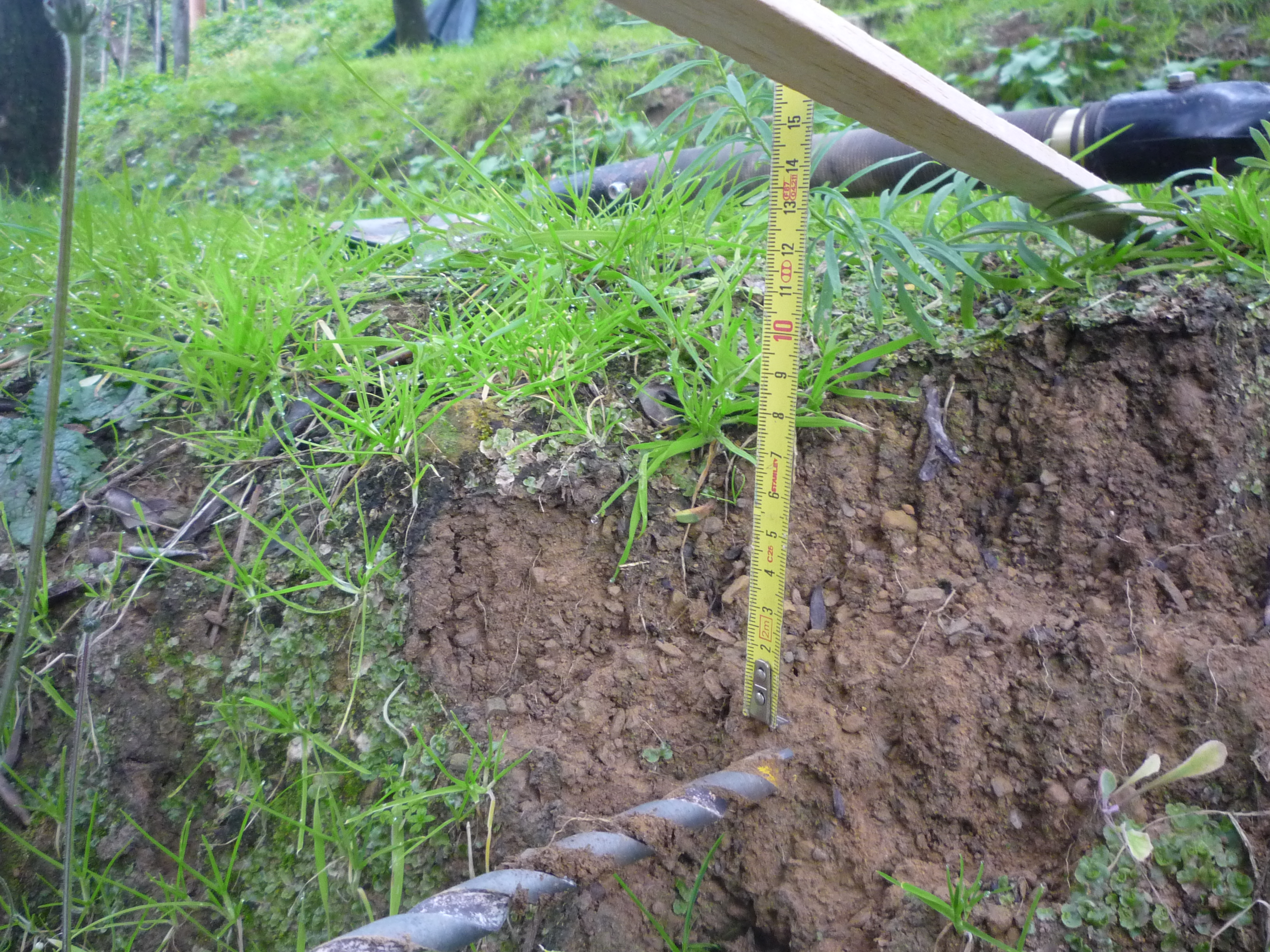
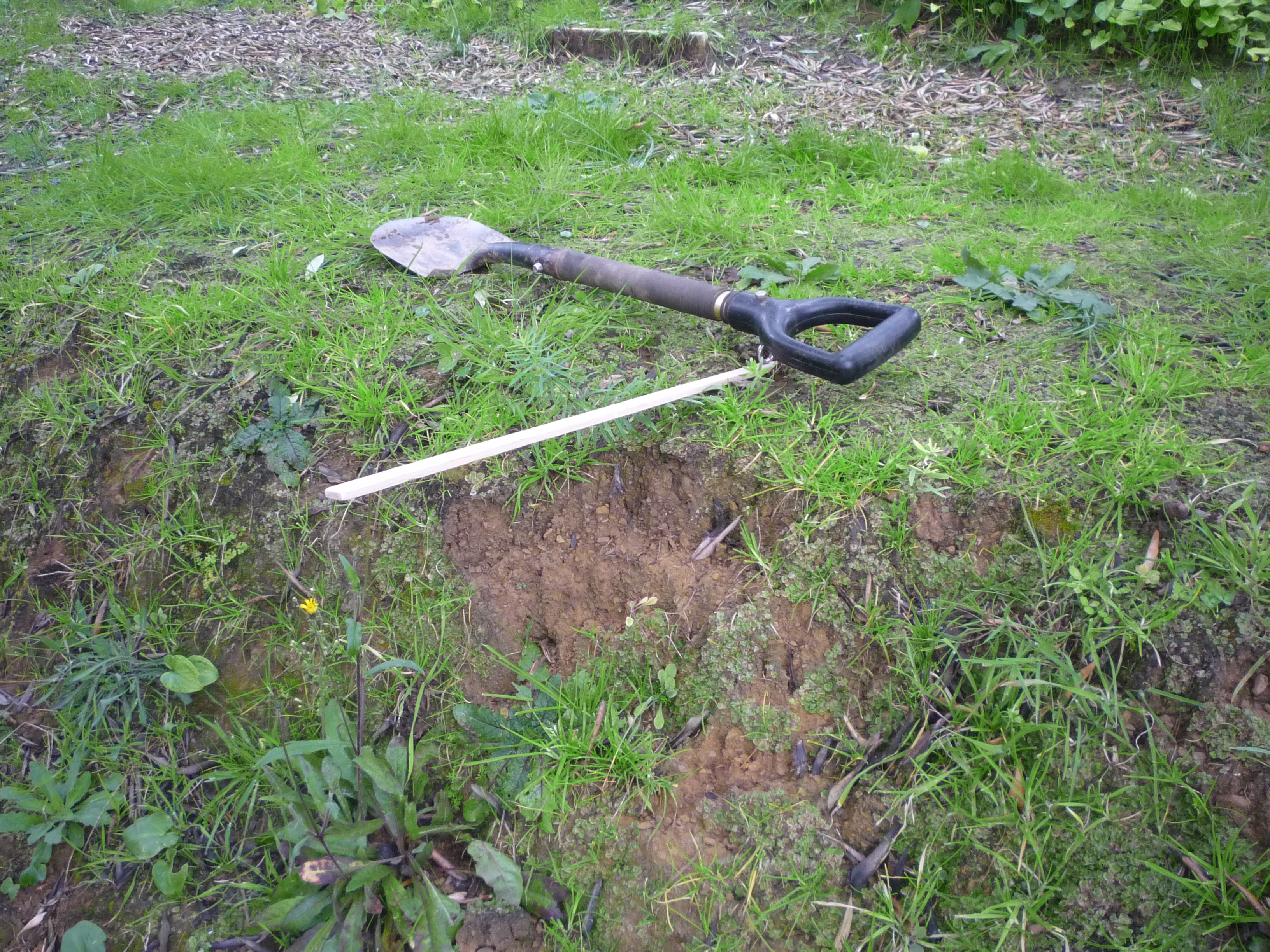
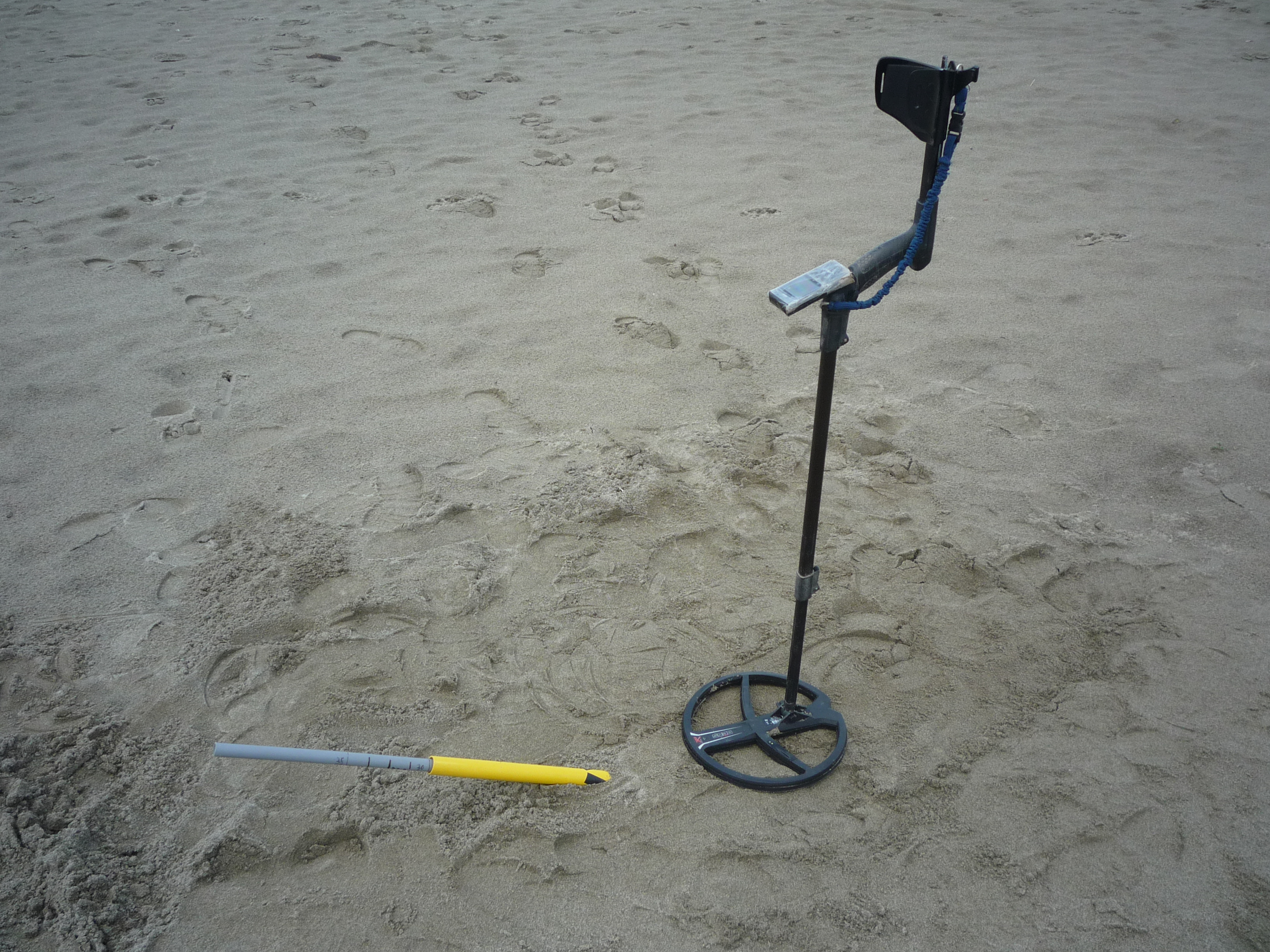
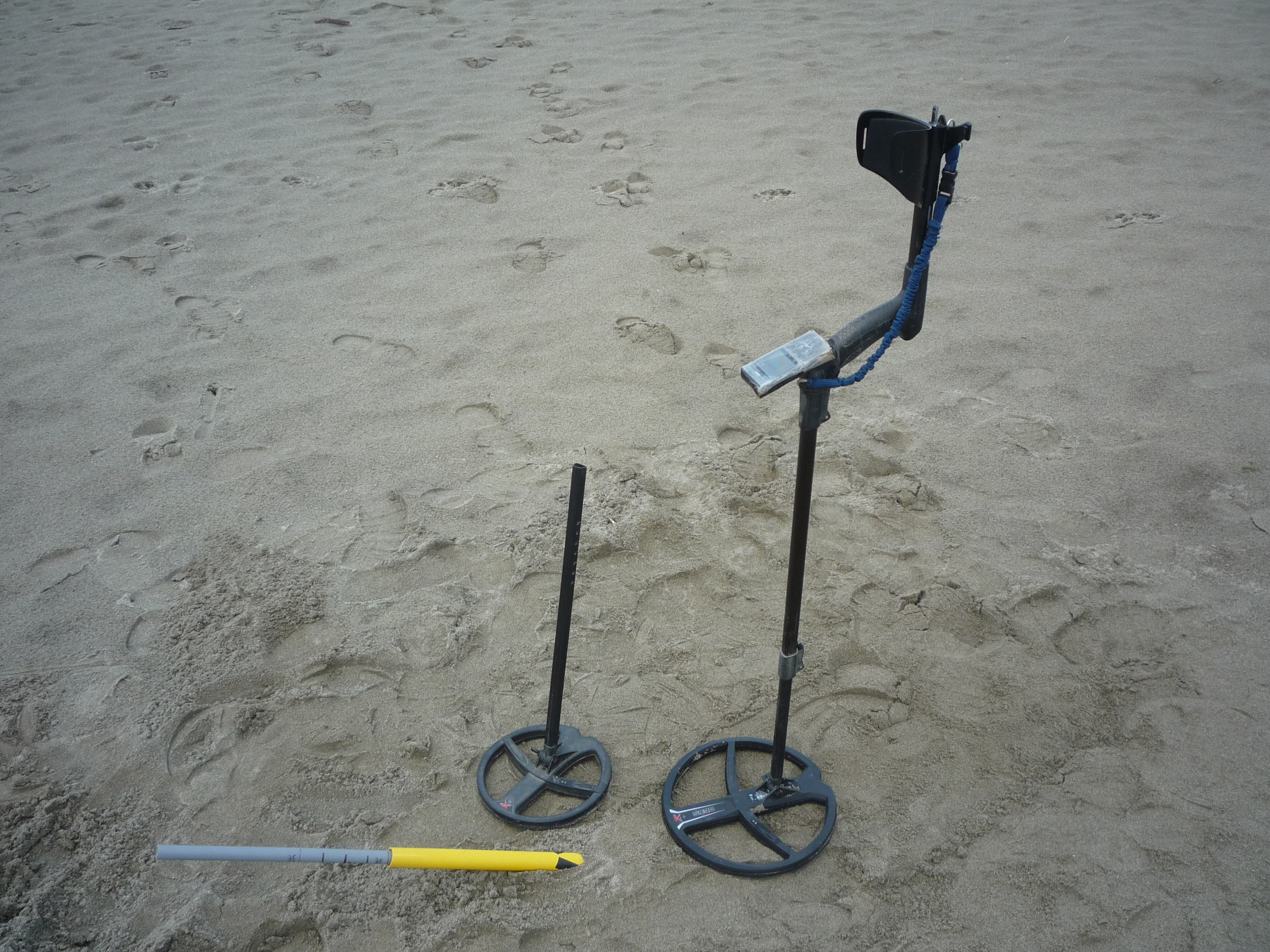
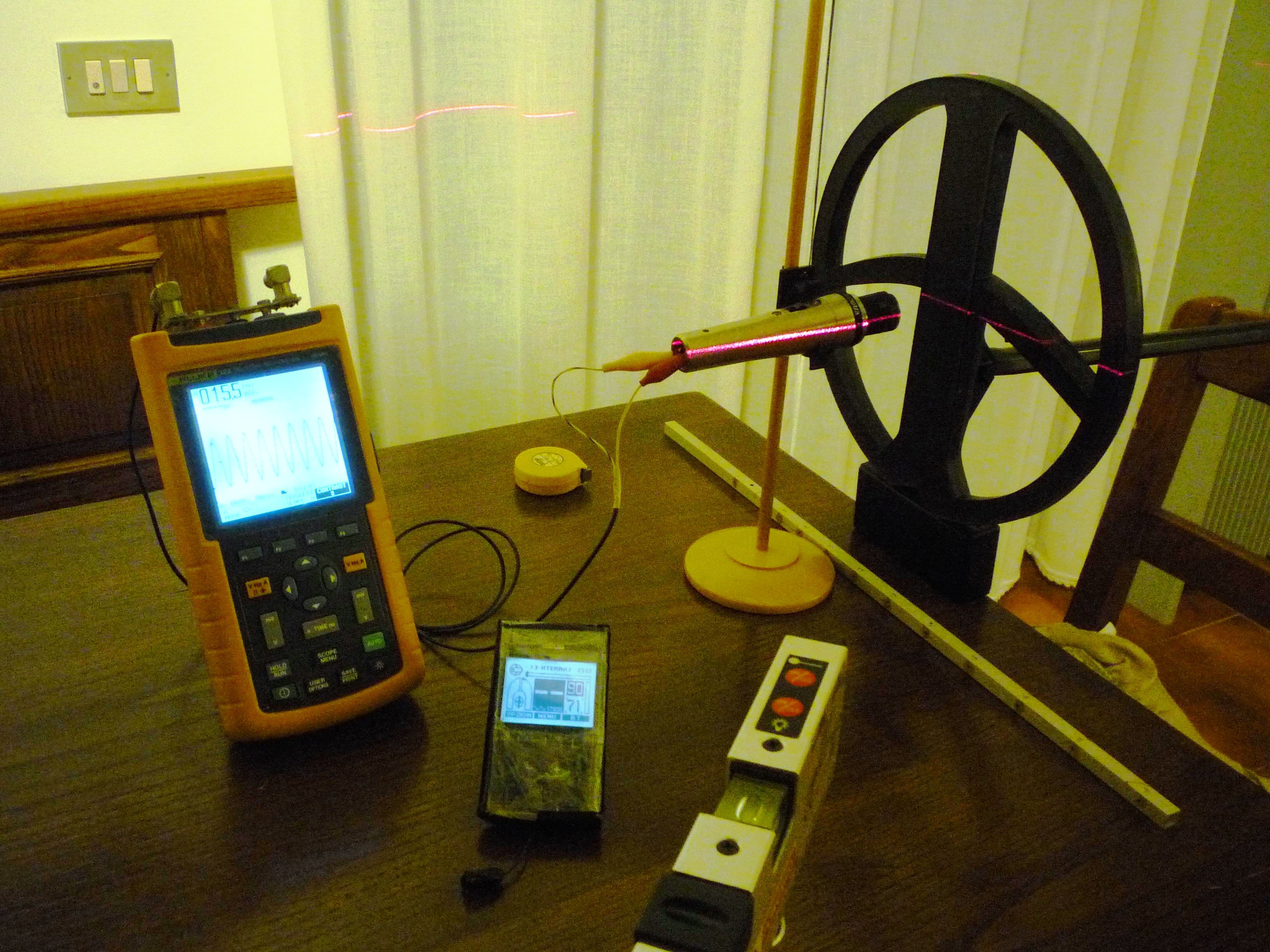
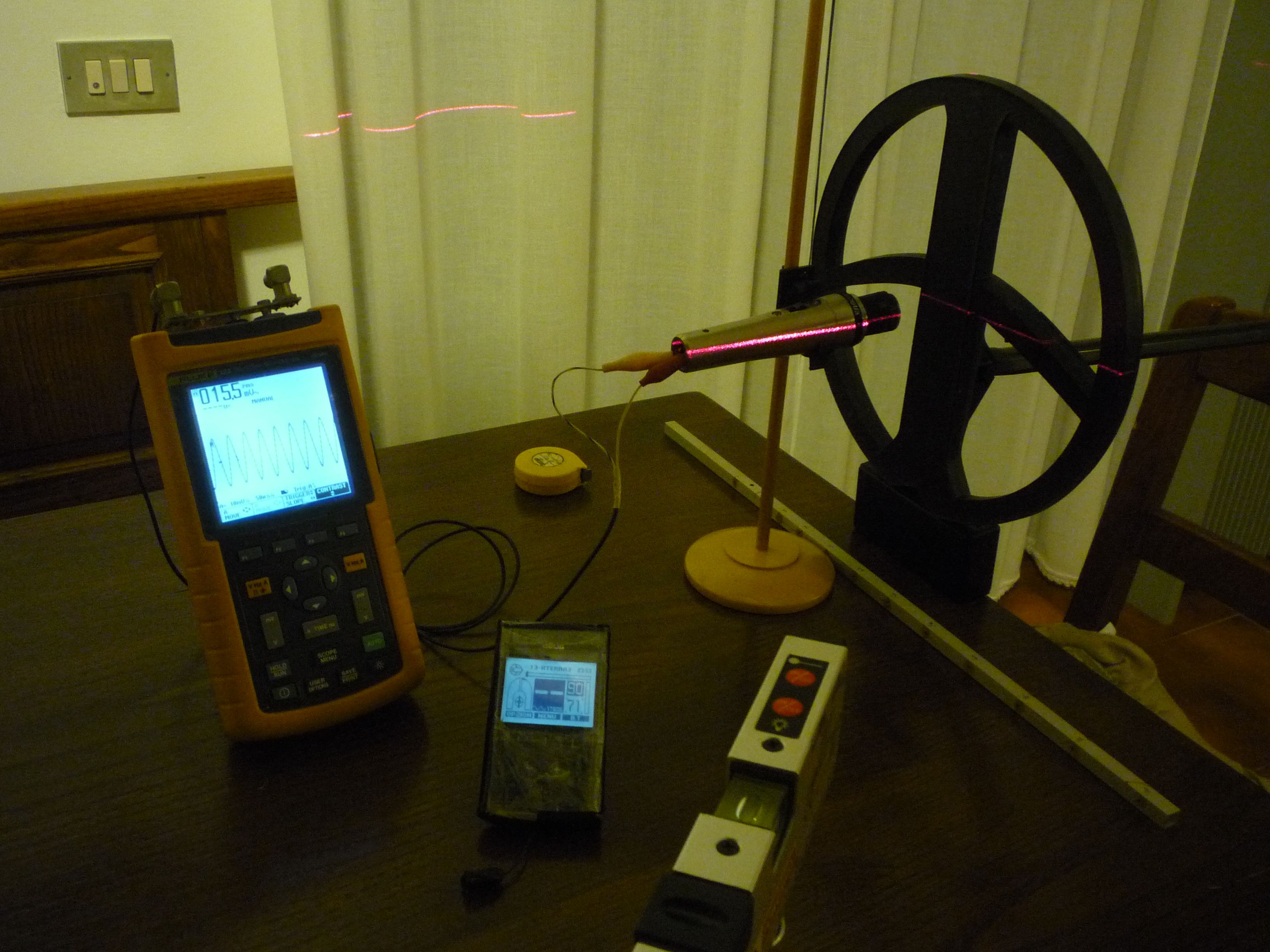
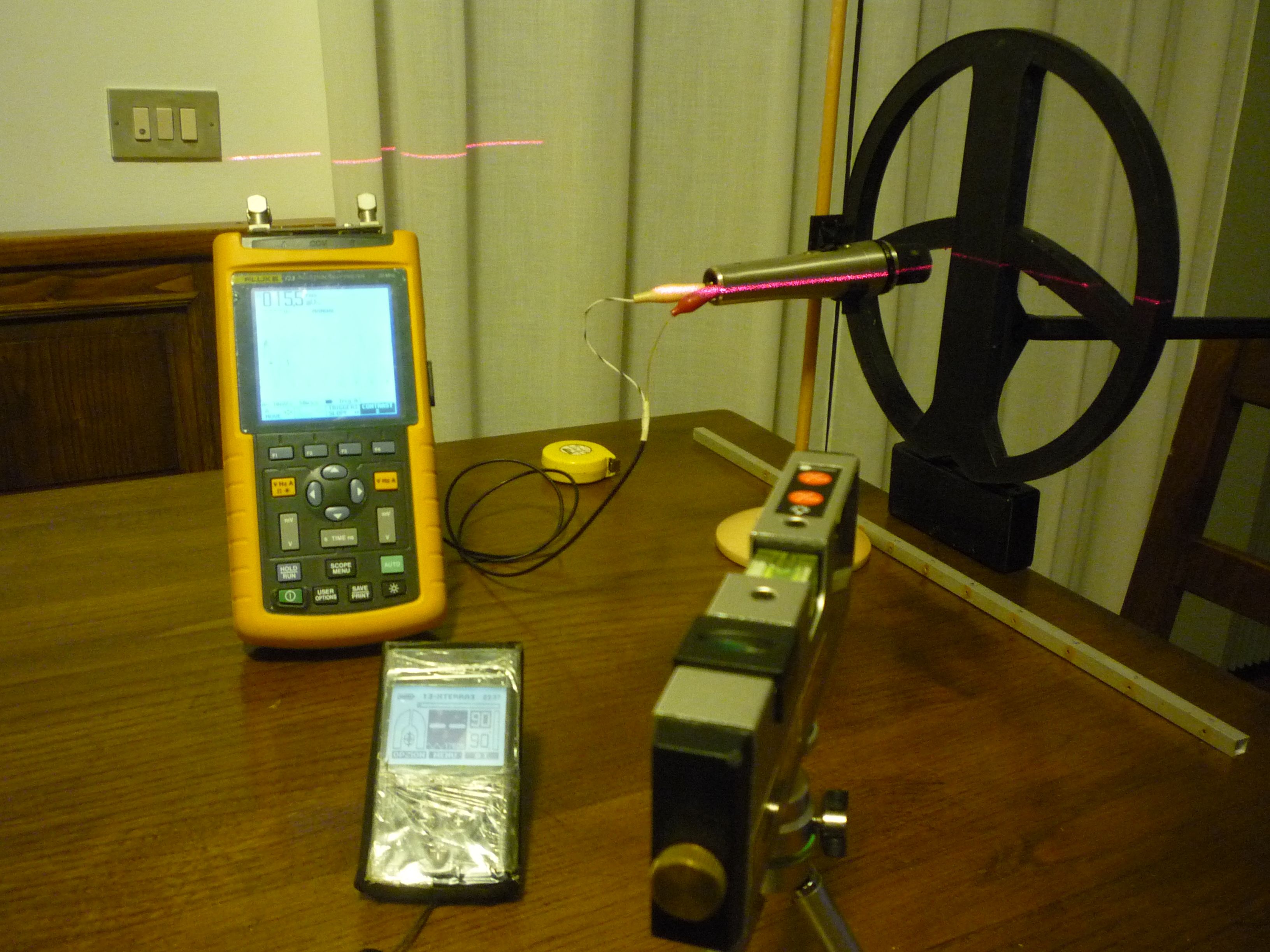
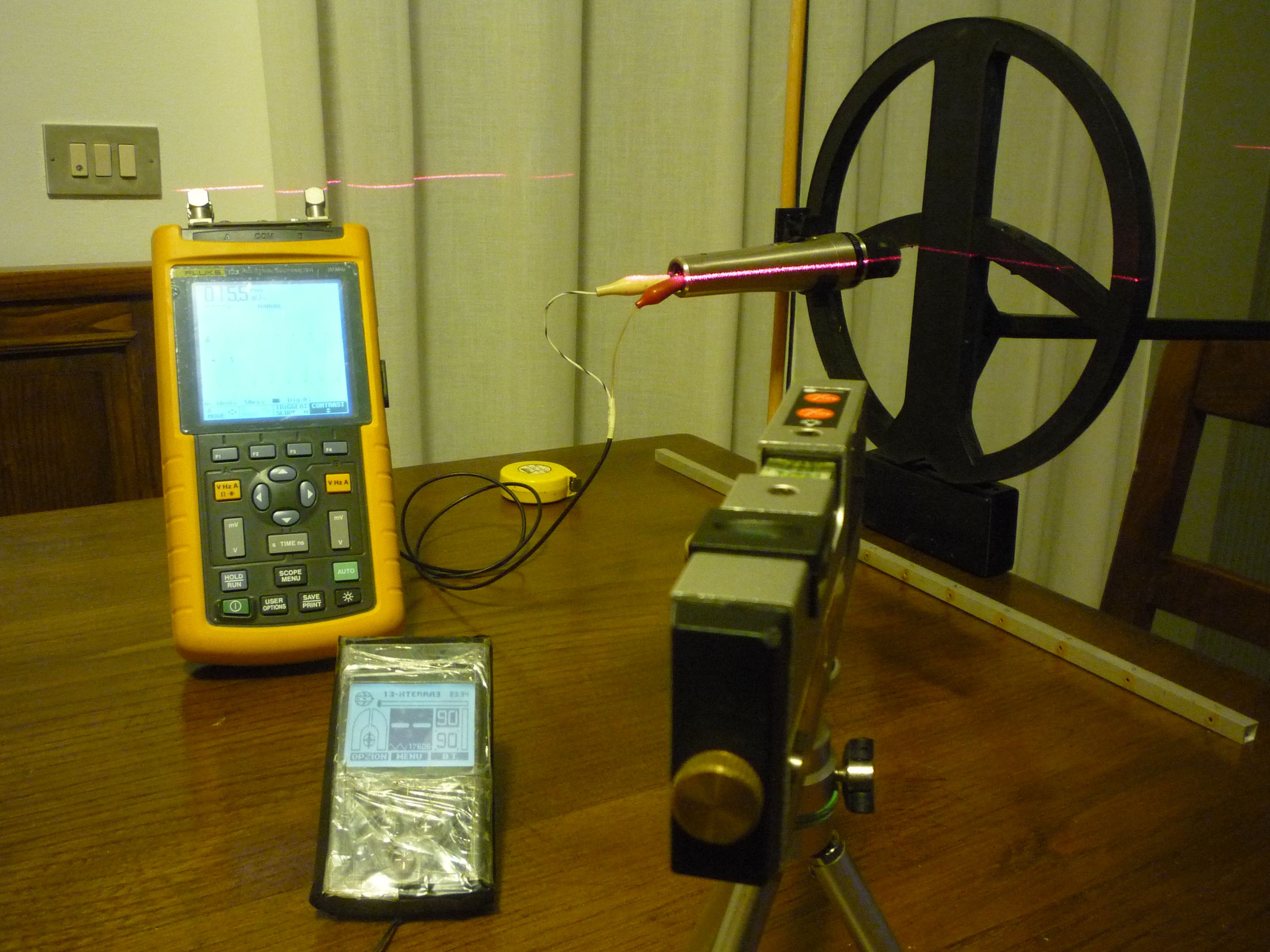
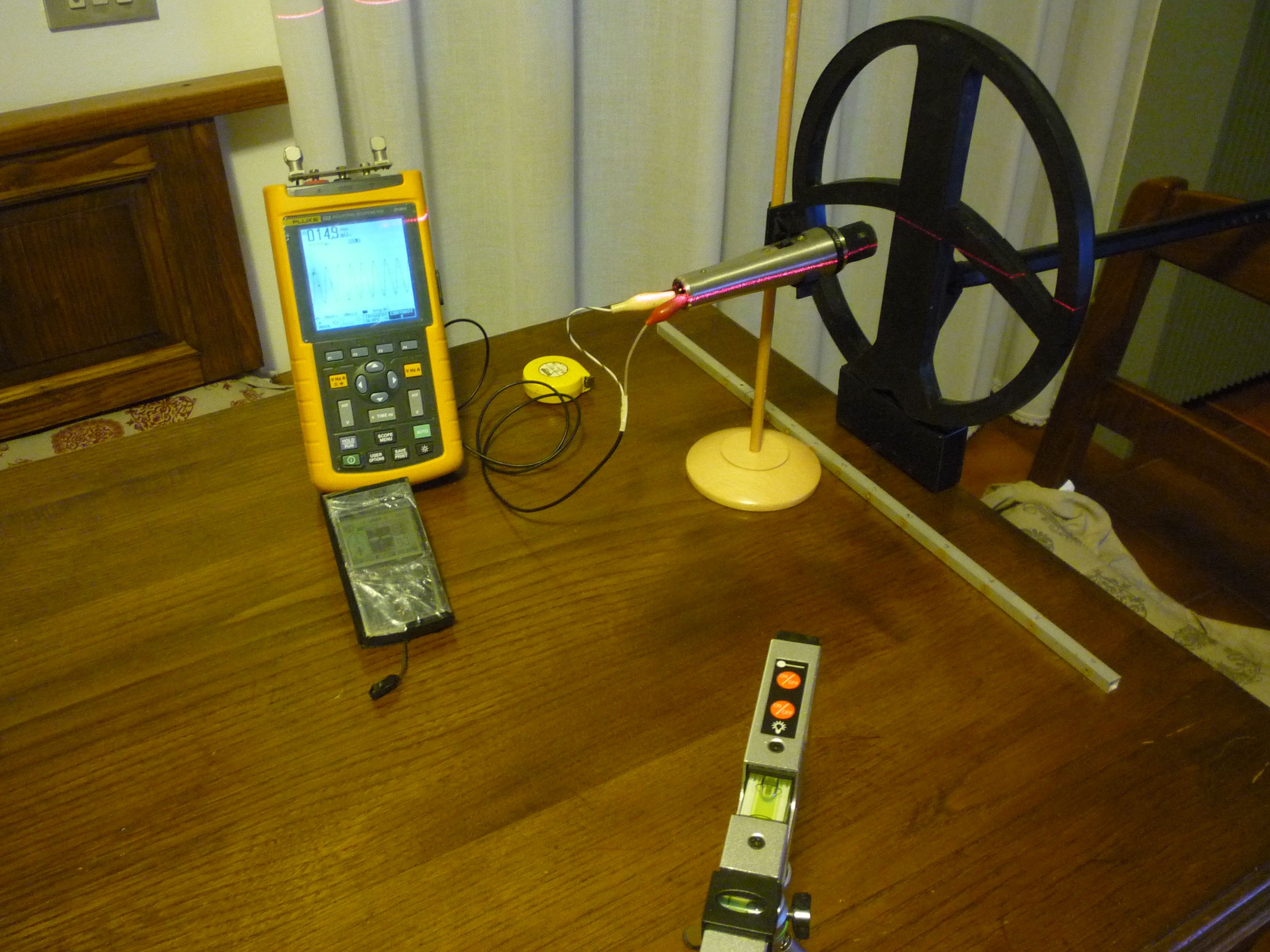
as usual a very good and profoundly done test.
regards,
Dirk from Belgium
Thank you Dirk!
very good analysis , the 11 inch coil was an afterthought to counteract the weight issue of the 13X11 which is a lot compared to the standard 9 inch coil, you could say no gain with out pain ,but other than the weight issue the 13X11 did not balance very well on the shaft ,I use a converter block which throws the shaft central to the coil and makes it feel a lot better, unfortunately that adds more weight.
I find that the thirteen inch coil has a definite depth gain over the 9 inch coil on tests carried out on my not to scientific test bed in my garden ,that’s on targets ,,coins of the same size and metal , about,2 inches ish !!.
The essence of the Deus is its lightness , out in the field how far is your coil of the ground,is the ground dry wet damp , this all has to be taken into consideration,when you compare different size coils.
When you use the larger 11X13 coil you have to turn down your sensitivity as you do on all larger than standard coils ,so you loose a bit of depth ,its the same with any manufacturer , its normal for the machine to be built around the coil that it comes withas standard , as its the most efficient.
Do you really need a larger coil ??? on other manufactures detectors where the reactivity is slow ,it could be an advantage , my honest opinion regarding the Deus and having used all three is NO, the difference between the 9 inch and 11 is 1.18 of an inch in test conditions that’s if your rubbing the coil on the ground,
as for ground coverage even that ,is debatable, when using the Deus with its standard coil because its so physically light.
Fast sweeping it a couple of more times to compensates for its size is know great effort ,up against the larger coil and the bonus is of course you have the best target separation, a win win situation surely …… ..,
Thanks for your comment Peter!
Pingback: AAC: 2° AMD Annual Contest... Il vincitore è... - Advanced Metal Detecting Research Lab